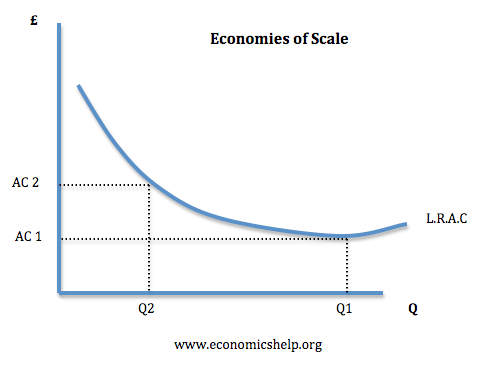There are two sources of information from where data for marketing research can be obtained.
(A) Internal Sources:
These refer to the sources of information within the organisation. In certain cases internal sources are indispensable without which the researcher cannot obtain desired results. Internal sources include accounting information (Trading Profit & Loss A/c and Balance Sheets of different years), salesmen’s reports, statistics in relation to advertisement expenditure, transportation costs etc. Information from internal sources is easily available and no financial burden is involved in gathering the information.
(B) External Sources:
In order to study marketing problems in detail the need of external sources of marketing research arises. External sources are of immense importance and utility in case where research needs detailed and thorough investigation. External sources data can be divided with two categories (a) Primary data (b) Secondary data.
Primary Data:
This refers to the information collected by the researcher from original sources. It is not a published data; it has to be gathered by the researcher himself by tapping various resources. Primary data is usually collected for specific purposes.
The main sources from where primary data can be obtained are (a) Salesmen (b) Dealers; (c) Consumers etc. It is a very slow process of collecting data and involves huge costs. But results obtained from this data are original and tend to be more accurate and reliable.
These sources are explained below:
(a) Salesmen:
Salesmen are the most important source of providing first hand information. They are appointed by the owners for the sale and promotion of its products. They have a direct link with the consumers understand tastes, preferences and buying habits of the consumers.
They can also know about the dealer’s reaction (especially of retailers) towards the firm’s products by taking into consideration price, design, packaging and size etc. of the product. The marketing manager may direct the salesmen to prepare periodical reports containing the information collected by them.
The information collected in this manner is original and more meaningful. This will further enhance the morale of salesmen as they feel that they are contributing towards the formulation of marketing policies of the organisation.
But sometimes information provided by salesmen is not accurate and upto the mark. The salesmen are not properly trained and do not know the methodology to collect the information properly.
(b) Dealers:
This is another source of collecting primary data. Valuable information can be collected with regard to demand of the product from retailers. Information about the marketing policies of competitors can also be gathered from the dealers.
It has been observed that sometimes this method does not prove to be fruitful as dealers do not keep proper records and they do not want to waste their time in supplying information.
(c) Consumers:
This source of collecting primary data is of great importance. Representative samples of consumers may be selected for conducting thorough investigation with regard to price, quality and use of the product. This method of collection data is very reliable as it establishes direct link between producer and the consumer.
Secondary Data:
Secondary data is already existing which has been collected and published by some individuals or institutions. This data is available at a very low cost and it requires lesser time to collect it.
The main sources of secondary data are:
(a) Periodicals and Newspapers:
Business magazines and journals published periodically contain data which is very useful for marketing research; Newspapers such as Economic Times and Financial Express also contain data regarding business trends and market reports. Important trade journals are Industrial Times, Commerce, Capital, Market, Indian Finance, Business India, Business World and others.
(b) Govt. Publications and Reports:
There are innumerable publications brought by Central and State Govts, which contain valuable data for conducting marketing research. Census reports of the Government of India, Publications of Planning Commission; periodical publication such as Indian Review, various markets bulletins.
Reserve Bank of India bulletin, publication of the Statistical Departments of various State Govts., supply valuable information extensively used in marketing research.
(c) Trade Associations:
Various trade associations like Chambers of Commerce, Export Promotion Council etc, publish useful data which is of immense help to the res warmer.
(d) Published Surveys Of Markets:
This is another useful source of supplying secondary data. Market surveys and reports are important instruments in the hands of researcher for conducting marketing research. These are published by business houses or independent research organisations. These pertain to specific lines of products.
(e) Foreign Govts, And International Agencies:
Publications of foreign Govts, with regard to trade and other important aspects of economy of respective countries and information published by UNO, ILO, IBRD (International Bank for Reconstruction and Development) serve useful purpose in making comparison of Indian conditions prevailing in other countries of the world.
(f) Other Sources:
Besides the above mentioned sources of marketing research, there are many other sources of supplying secondary data e.g., colleges and universities stock exchanges and commodity exchanges, specialised libraries’, internal sources such as sales and purchase records, salesman, reports, sales orders, customer complaints and records of other companies.
The secondary data collected from above mentioned sources suffer from certain limitations. The basis undertaken by different agencies for collecting data may not be comparable. In other words, uniform basis may not be adopted for data collection. The data may be based on incomplete records under secondary source; data is collected for purposes other than marketing research.
